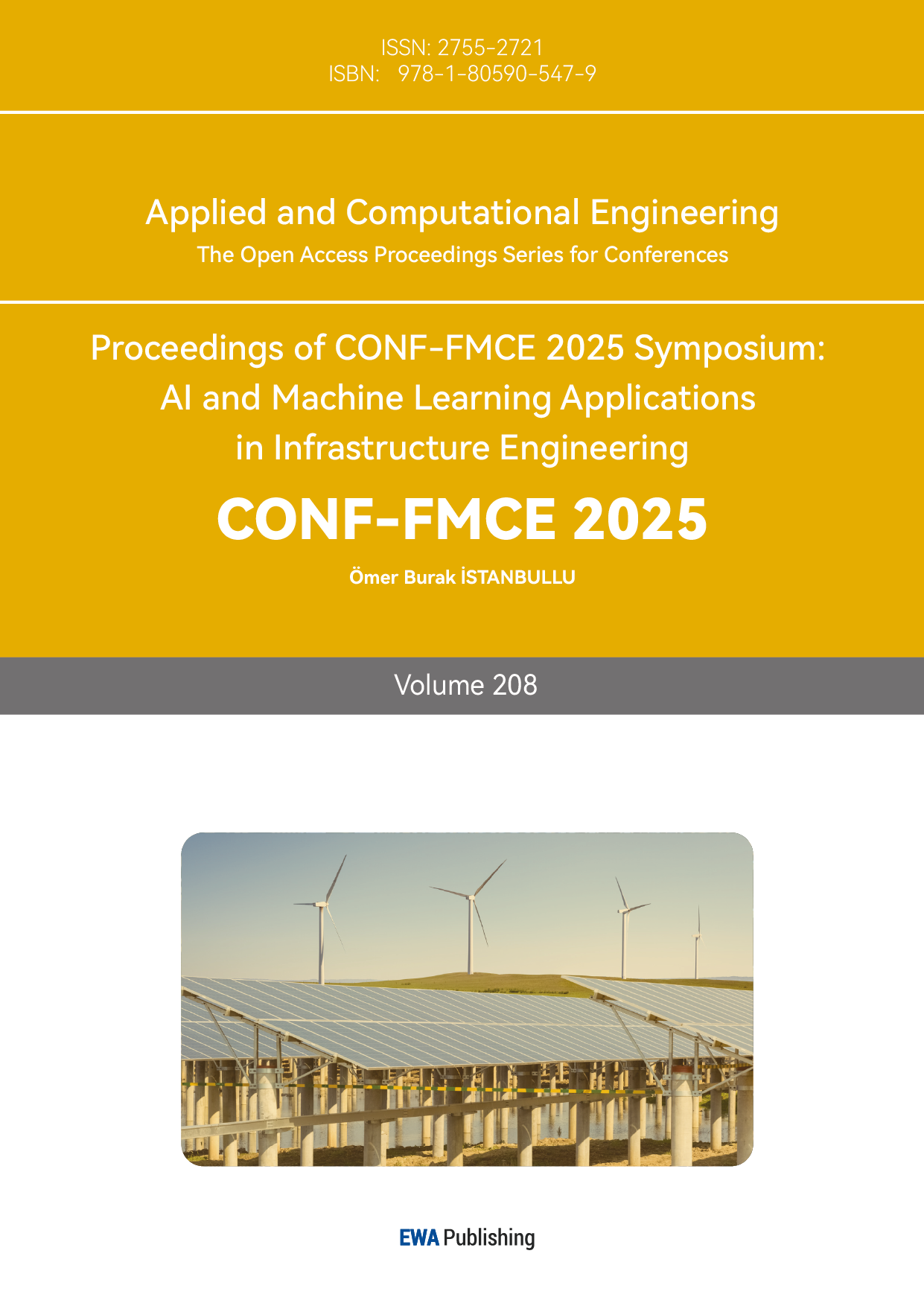References
[1]. Corey, E.J., & Cheng, X.-M. (1989). The Logic of Chemical Synthesis. Wiley. https: //scholar.google.com/scholar?q=Corey, +E.J., +%26+Cheng, +X.-M.+(1989).+The+Logic+of+Chemical+Synthesis.+Wiley.& hl=zh-CN& as_sdt=0& as_vis=1& oi=scholart
[2]. Nicolaou, K.C., & Sorensen, E.J. (1996). Classics in Total Synthesis. VCH. https: //scholar.google.com/scholar?q=Nicolaou, +K.C., +%26+Sorensen, +E.J.+(1996).+Classics+in+Total+Synthesis.+VCH.& hl=zh-CN& as_sdt=0& as_vis=1& oi=scholart
[3]. Warren, S. (1978). Organic Synthesis: The Disconnection Approach. Wiley. https: //scholar.google.com/scholar?q=Warren, +S.+(1978).+Organic+Synthesis: +The+Disconnection+Approach.+Wiley.& hl=zh-CN& as_sdt=0& as_vis=1& oi=scholart
[4]. Smith, M. B. (2011). March's Advanced Organic Chemistry: Reactions, Mechanisms, and Structure. Wiley. https: //scholar.google.com/scholar?q=Smith, +M.+B.+(2011).+March%27s+Advanced+Organic+Chemistry: +Reactions, +Mechanisms, +and+Structure.+Wiley.& hl=zh-CN& as_sdt=0& as_vis=1& oi=scholart
[5]. Coley, C.W., Green, W.H., & Jensen, K.F. (2018). Machine Learning in Computer-Aided Synthesis Planning. Accounts of Chemical Research, 51(5), 1281-1289.https: //scholar.google.com/scholar?q=Coley, +C.W., +Green, +W.H., +%26+Jensen, +K.F.+(2018).+Machine+Learning+in+Computer-Aided+Synthesis& hl=zh-CN& as_sdt=0& as_vis=1& oi=scholart



